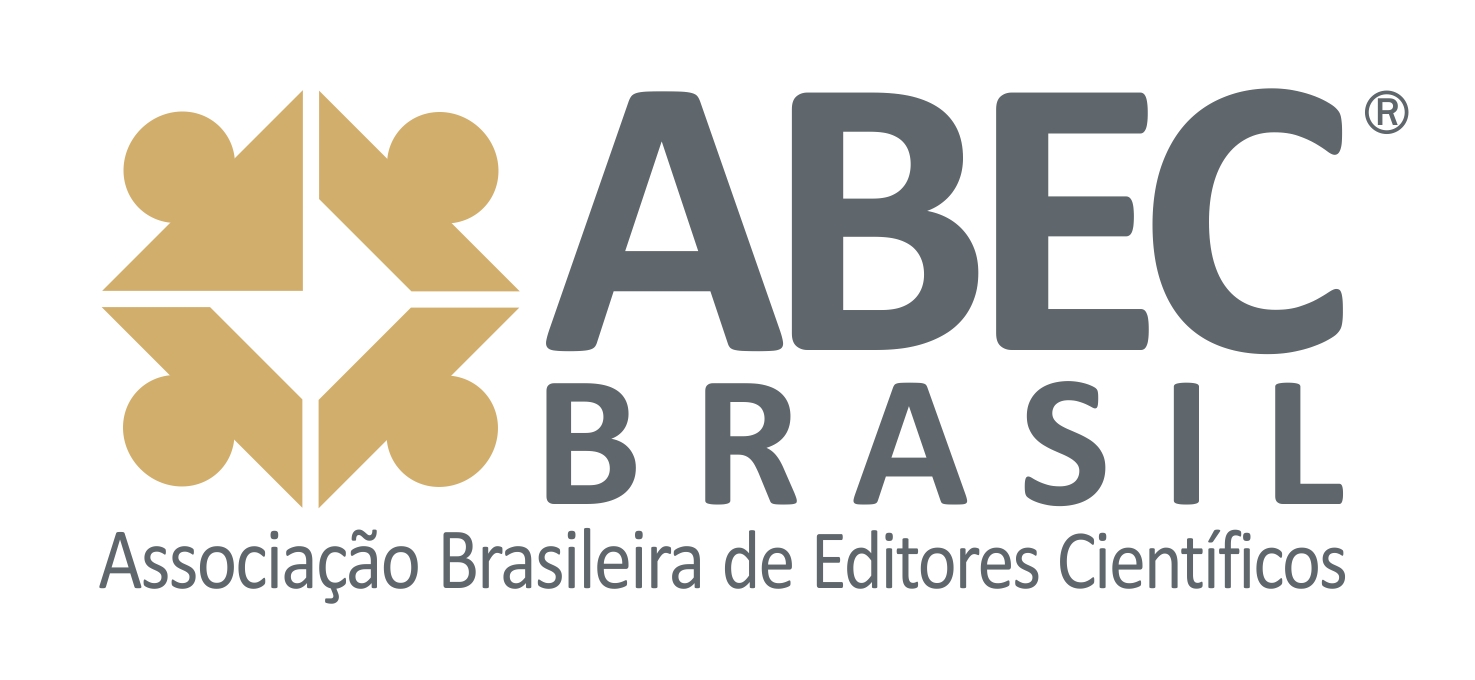The geometry of screw drills and their application in industry
The geometry of screw drills and their application in industry
DOI:
https://doi.org/10.51473/rcmos.v1i1.2025.827Keywords:
Twist drills, Drilling, Tool geometry, Metal machiningAbstract
The drilling process is an extremely important event in the machining processes of materials. For this operation to occur, the use of drills is essential. In the historical context, drills are characterized as one of the oldest machining tools developed by man, with the first records of similar tools dating back to ancient Egypt, where cylindrical metallic structures with sharp ends were rotated with the help of a rope and an arc for producing holes in wood or low hardness materials. Currently, the use of drills is diverse and their use in the industrial context is increasing. The geometry of this type of tool has undergone considerable evolution with technological development, however, the drills still use the shearing mechanism, which in turn characterizes drilling as a conventional machining process. Regarding the machining of metallic materials, the models and types of drills can be diverse and their application will be related to the type of operation that will be performed. For this reason, twist drills must have geometric characteristics and resistance inherent to the material from which they are manufactured. These characteristics must be such that they best optimize resistance to fatigue and buckling, durability, and suitability for cutting parameters, with the aim of promoting efficient drilling and free from dimensional and geometric deviations, guaranteeing the precision and tolerance required in the project. In this context, the present work seeks to address the design and geometry of twist drills, promoting a discussion about their growing use in the mechanical industry and their economic impacts.
Downloads
References
CHIAVERINI, V. Tecnologia Mecânica: Processos de Fabricação e Tratamento. v. II. 2. ed. São Paulo: Mcgraw-hill, 1986. 315.
DINIZ, Anselmo Eduardo; MARCONDES, Francisco Carlos; COPPINI, Nivaldo Lemos. Tecnologia da Usinagem dos Materiais. 9. ed. São Paulo: Artliber Editora, 2014.
FERRARESI, D. Fundamentos da Usinagem dos Materiais. São Paulo: Blücher, 1970.
GROOVER, M. P. Automation, production systems and computer integrad manufacturing. Prentice-Hall, Upper Sadle River, p. 840, 2007.
TÖNSHOFF, H. K.; KÖNIG, W. Machining of holes, development in drilling technology. Annals of the CIRP, v.43, 1994. DOI: https://doi.org/10.1016/S0007-8506(07)60501-0
SANDVIK COROMANT. Trepanning. Disponível em: https://www.sandvik.coromant.com/ptpt/knowledge/drilling/trepanning. Acesso em: 13 set. 2024.
WATSON, A. R. Geometry of Drill Elements. International Journal of Machine Tool Design and Research, Vol. 25, No. 3, 1985. DOI: https://doi.org/10.1016/0020-7357(85)90002-2
Downloads
Additional Files
Published
Issue
Section
Categories
License
Copyright (c) 2025 Bruno Gabriel Morais Moreira, Sandro Cardoso Santos (Autor/in)

This work is licensed under a Creative Commons Attribution 4.0 International License.












